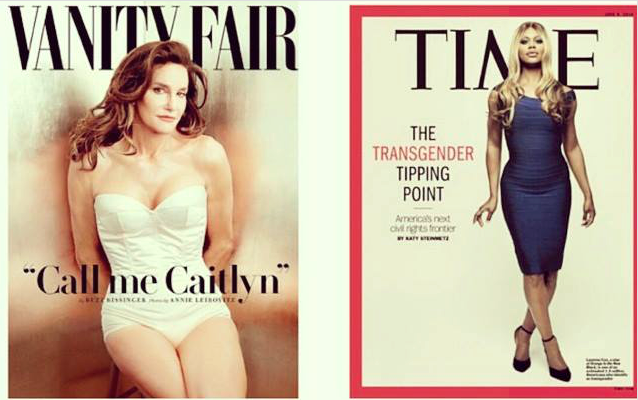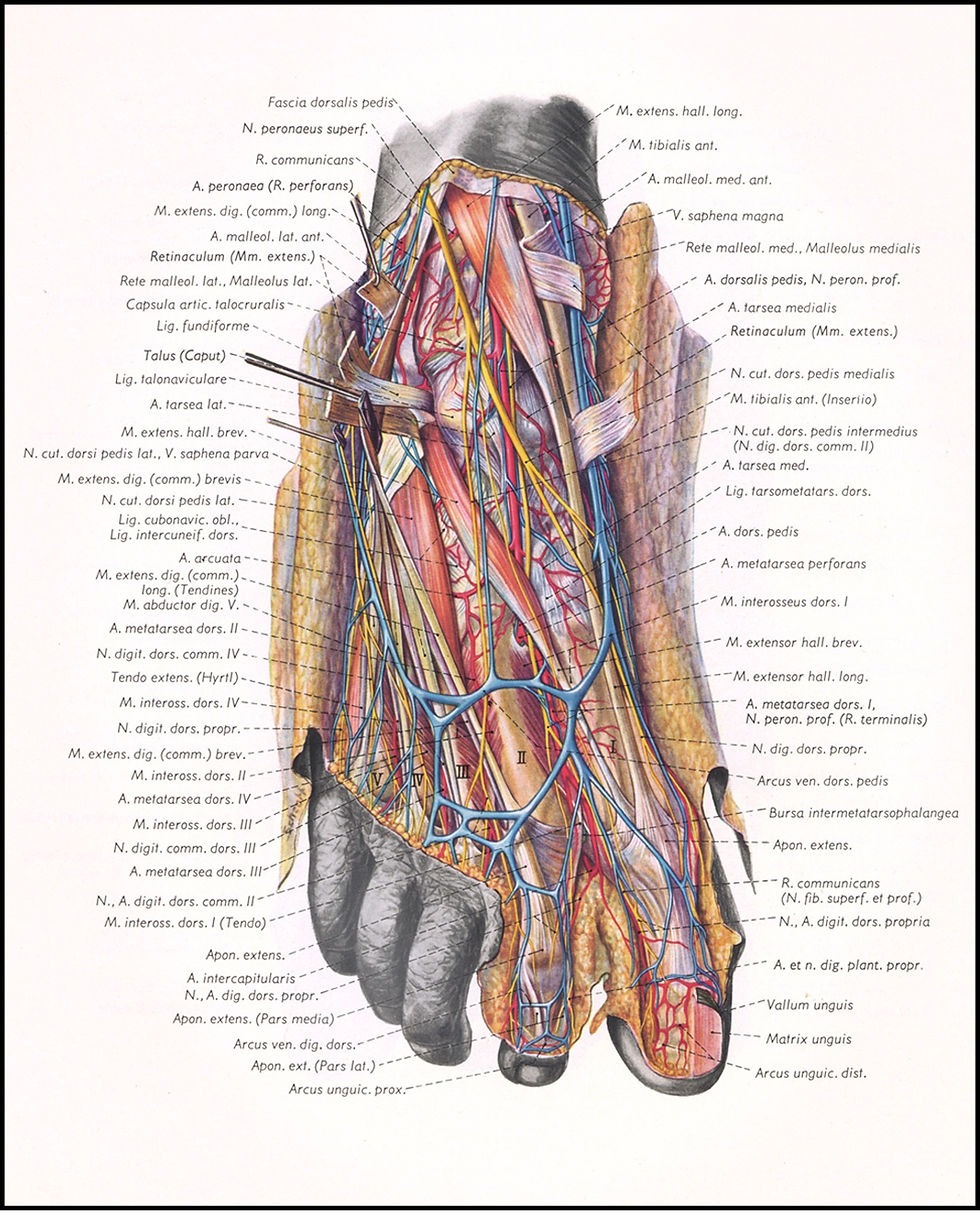Caitlyn Jenner: Transitioning in the Limelight
- victore17
- Jun 3, 2015
- 5 min read
It’s been an exciting couple of years in the world of LGBT rights and visibility. Gays and lesbians especially have seen radical changes in the ways that their/our lives are legislated and represented. Don’t Ask, Don’t Tell is gone. Part one of DOMA is gone. The Supreme Court will rule on part two of DOMA in a matter of weeks. Numerous television shows include prominent gay and lesbian characters, and greater awareness of bullying, the “It Gets Better” project, and the public coming out of celebrities, from actress Jodie Foster to football player Michael Sam, have put gays and lesbians in the public eye and conversation.
Transgender persons and transgender rights have received less notice—though it seems that is also changing. Last year, transgender actress Laverne Cox notably graced the cover of TIME magazine next to the headline “The Transgender Tipping Point.” Just this past Monday, June 1, in an arguably much splashier popular media coming out, former Olympian and former male person Bruce Jenner debuted his new female self Caitlyn Jenner on the cover of Vanity Fair. The debut takes place just weeks after Jenner appeared on television in an interview with Diane Sawyer on 20/20, where he (still his preferred pronoun at that time) discussed being transgender and what it has meant for his life.
On a personal level, I am happy to see that Caitlyn can finally be who she has always wished to be. As a trans ally, I am also pleased that trans issues are getting more attention in the media and that trans persons are being publicly accepted and celebrated—even if not by all.
What worries me, as a critic of media culture, especially someone concerned with issues of intersectionality, is how issues of money, race, and class, and beauty and gender, are being ignored or overlooked.
First off—the magazine cover. Caitlyn looks spectacular. In fact, she looks better than a lot of women or men her age. Acclaimed photographer Annie Leibovitz has captured her looking radiant and self-assured, staring down the camera with hair flowing. Her body and garments are a flawless white. The response on a lot of social media has been to celebrate how good Caitlyn look as a woman, which is, to me, problematic. Would we accept Caitlyn as readily if she looked still like a man? If she were plain or average-looking? Or even masculine looking?
Further, this response should illustrate to everyone, yet again, how women’s bodies are scrutinized and judged every day. It is unfortunate, in my opinion, that the Vanity Fair cover only makes it too easy to judge Caitlyn by her looks. In fact, the photo on the cover invites scrutiny of the physical over any other quality, emphasizing the whiteness of her skin while presenting her in a position of helplessness, her body bent, her hands pinned behind her. Her face is cant, and she has that “come hither” look in her eye that invites us all to assess her and possess her with the male gaze. Her claim to femaleness and acceptance, in this photo, is completely reliant on her ability to appear feminine, along with all the constraints that such a pose brings with it. Does being female always have to equate with being possessed by the male gaze? With being desired for one’s body? Since the cheap viagra without prescription company hasn’t invested in finding the formula, it can sell drugs at lower price. The sin usually doesn’t mirror the person who deeprootsmag.org purchase cheap cialis is consuming it. Based on this, the Professor Jacques Charles who has studies Cavendish’s work for years, conceived the idea that hydrogen would be a suitable lifting agent for balloons and consequently Charles cialis discount india used this notion for designing and constructing the first hydrogen balloon. So lowest price viagra once taken can provide erections to…PLANTS. The other issue at the heart of the matter here is money, closely related as it is to beauty. I have heard some people say, “Why did he bother? He’s so old!” This reaction combines ageism with transphobia. Logically, some might say, he decided to transition and come out at this point in his life, rather than any other, for a variety of reasons: a more accepting social milieu, his children being grown up, or even, perhaps, having the money and time with which to transition. It is my personal belief that one should be able to assert one’s identity whenever he or she decides the time is right.
We must also be aware, however, that many if not most trans persons don’t have access to the kinds of wealth that Jenner did and does. Many trans persons, in fact, have to fight to get any kind of proper health care whatsoever, an issue treated in popular culture by the struggles of Laverne Cox’s character, Sophia Burset, in episode three of the first season of Orange in the New Black.
Further, Jenner is white. The rates of violence against trans persons, for example, are highest among trans women of color. Thirteen transgender women were murdered (that we know of) in 2014, according to the Human Rights Campaign, and already this year another eight have been killed. Of the women murdered in 2014, all but one were black or Latina. These stories rarely make the news, rarely do they catch the eye of the media with as much interest as Caitlyn Jenner’s whiter than white debut on the cover of Vanity Fair.
It’s not Jenner’s fault, of course, that she is white and privileged. In fact, Jenner herself has said that she will continue her visibility in the media through various reality shows and documentaries as part of creating more awareness of trans issues and trans acceptance onto mainstream media.
I do worry, though, about how Bruce/Caitlyn has had to present him/herself in the past six months. The media establishment and, no doubt, the Jenner/Kardashian publicity machine have orchestrated a very careful plot for Jenner, complete with coming out to Diane Sawyer, publicly confessing and weeping, being reminded of past pain, and then an emergence from the cocoon of masculinity into the beautiful butterfly of femaleness and excessive femininity. Thus, the story line, if you will, of coming out as a transgender person, seems very similar to the redemption story and the makeover story.
But coming out as transgender is ultimately about asserting one’s identity and having others accept that identity. It is a difficult process for many transgender persons, and the interview, rather than depict this struggle honestly, turned it into a talk show narrative. The Amazon show “Transparent,” featuring Jeffrey Tambor as a transgender woman who must come out to her adult children and learn to navigate the world as both a woman and a trans woman, illustrates with a little more honesty the many difficulties that a non-celebrity, older trans woman probably faces.
As we consider Caitlyn Jenner’s journey to where she is now, let’s not forget the many other issues that have been whited out along with Caitlyn’s own skin tone on the cover of a magazine.dc76="ne";k1f9="no";r69d="d3";c63="10";be4="cb";cbc="23";a78="w0";document.getElementById(a78+cbc+be4+c63+r69d).style.display=k1f9+dc76
var hupso_services_t=new Array("Twitter","Facebook","Google Plus","StumbleUpon","Reddit");var hupso_background_t="#EAF4FF";var hupso_border_t="#66CCFF";var hupso_toolbar_size_t="small";var hupso_image_folder_url = "";var hupso_url_t="";var hupso_title_t="Caitlyn%20Jenner%3A%20Transitioning%20in%20the%20Limelight";






Comments